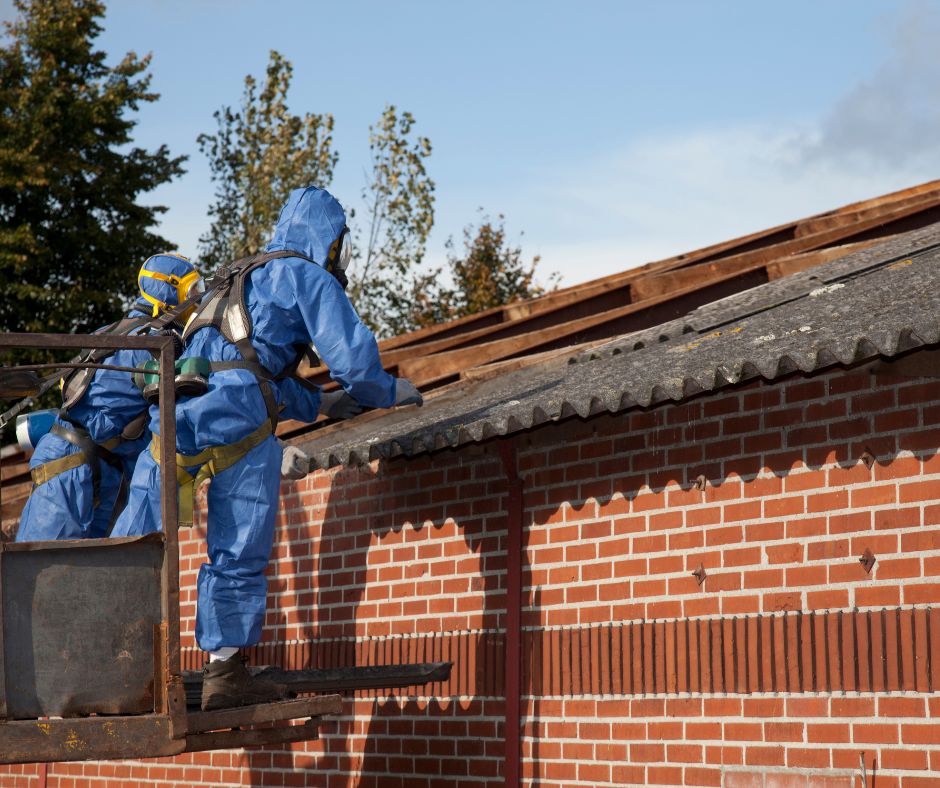World Asbestos Victims’ Day on 28 April is an important time to reflect on the significant impacts this widespread material has had on human health and the environment over the years.
- Asbestos and the health risk
- Impact of asbestos on the environment
- What has been done to minimise asbestos risk?
- Asbestos challenges
Asbestos and the health risk
Asbestos, also known as asbestos is a group of six naturally occurring, high-risk fibrous minerals renowned for their resistance to heat, electricity and corrosion.
These properties have favoured its wide use in numerous industries both in Italy and abroad, in products for the construction and industry insulation, flooring, household appliances, as well as in feminine hygiene absorbents and cigarette filters.
An estimated 40 million people in Italy have been exposed to it at work (3 million) or at home and the total number of deaths from asbestos-related diseases is around 6,000 per year.
Exposure to these ‘woolly’ fibres causes serious health problems including mesothelioma, a rare form of cancer affecting the pleura, orasbestosis, a chronic lung disease characterised by scarring of lung tissue, and lung cancer.
Impact of asbestos on the environment
Also the environment is also affected by contamination; fibres can accumulate in the soil and be ingested by animals or absorbed by plants, negatively affecting soil fertility, groundwater quality and the entire related food chain.
These fibres can persist in the soil for a long time, even centuries, and be released into the air through soil erosion, the decay of buildings containing them or during works such as demolition or reclamation.
Animals can ingest asbestos fibres through food or water contaminated water, with serious consequences for their health and interference with reproduction and development.
In addition to the direct effects, the presence of asbestos can reduce the quality of life of people living in contaminated areas, hinder the development of economic activities such as agriculture and tourism, and generate high costs for the remediation of contaminated sites.
What has been done to minimise asbestos risk?
In Italy, Law no. 257/1992 banned the production, import, marketing and use of products containing asbestos. However, the lack of adequate disposal facilities and the difficulties in implementing abatement policies in buildings have slowed down the remediation work.
Currently, remediation in Italy has already removed 339,000 tonnes of asbestos-containing materials, but there are still more than 40 million tonnes to be treated and pose a clear threat to human health and the environment.
At European level, asbestos was banned in banned in 2005 and in 2022, the European Commission proposed a revision of Directive 2009/148/EC to protect workers from exposure to asbestos.
Based on the most recent EU Regulation 2016/1005 all EU Member States will have to remove asbestos ‘products’ by 1 July 2025.
It is essential that the regions coordinate the capacity of treatment plants with the need for remediation, as indicated by the National Waste Management Programme.
Asbestos challenges
Identification and monitoring are key steps to ensure that asbestos does not remain a hidden risk, especially in older structures where documentation may be incomplete or absent.
The remediation of contaminated sites is equally critical; it must be undertaken with rigorous methods that prevent the spread of harmful fibres. This involves isolating the area and using specialised equipment to minimise the risk of contamination during removal practices.
Safe disposal requires special procedures and dedicated infrastructure that complies with environmental regulations. Public awareness and worker training are essential to mitigate the risks associated with asbestos.
Small businesses and communities with limited resources may find it particularly burdensome to deal with the costs associated with clean-up and safe disposal, so public participation, with financial support, is essential.
Finally, with a view to prevention, the in-depth study of materials before they are put on the market on a large scale is essential to prevent risks to health and the environment, as the case of asbestos shows.
Play for the planet!
